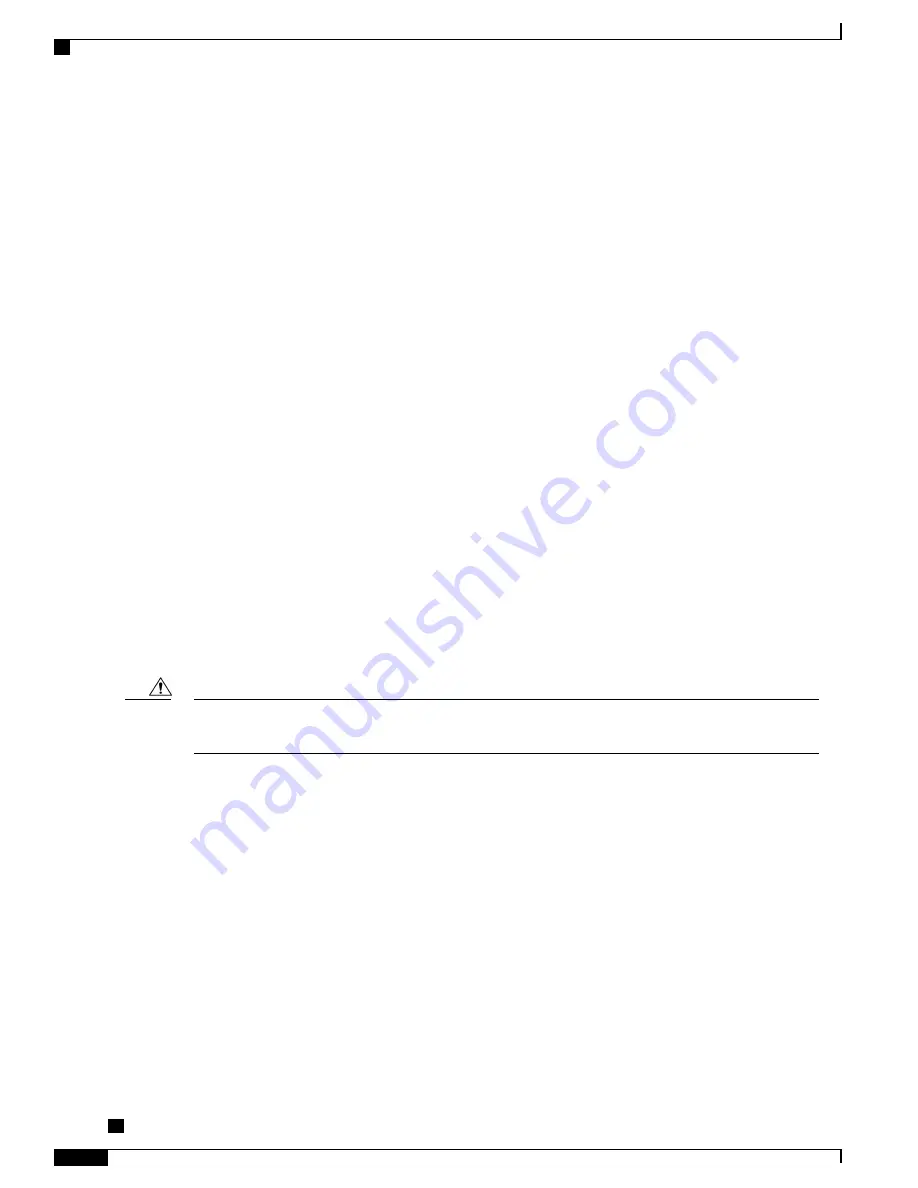
•
Conference: Only supported in the connected call transfer scenario.
•
Join: Supported using the Conference button or hookflash access.
•
Hold: Supported using the Hold button.
•
Barge: Not supported.
•
Direct Transfer: Not supported.
•
Select: Not supported.
The users cannot create conference and transfer calls across different lines.
External Devices
We recommend that you use good-quality external devices that are shielded against unwanted radio frequency
(RF) and audio frequency (AF) signals. External devices include headsets, cables, and connectors.
Depending on the quality of these devices and their proximity to other devices, such as mobile phones or
two-way radios, some audio noise may still occur. In these cases, we recommend that you take one or more
of these actions:
•
Move the external device away from the source of the RF or AF signals.
•
Route the external device cables away from the source of the RF or AF signals.
•
Use shielded cables for the external device, or use cables with a better shield and connector.
•
Shorten the length of the external device cable.
•
Apply ferrites or other such devices on the cables for the external device.
Cisco cannot guarantee the performance of external devices, cables, and connectors.
In European Union countries, use only external speakers, microphones, and headsets that are fully compliant
with the EMC Directive [89/336/EC].
Caution
Phone Behavior During Times of Network Congestion
Anything that degrades network performance can affect phone voice and video quality, and in some cases,
can cause a call to drop. Sources of network degradation can include, but are not limited to, the following
activities:
•
Administrative tasks, such as an internal port scan or security scan
•
Attacks that occur on your network, such as a Denial of Service attack
Cisco Unified IP Phone 8941 and 8945 Administration Guide for Cisco Unified Communications Manager 10.0
(SCCP and SIP)
16
External Devices






























